“Sometimes people want to tell you to act or to be a certain way. Sometimes people want to limit you because of their own limited imaginations.”
Dr. Mae C. Jemison was born October 17, 1956, in the town of Decatur, Alabama. She is the third and youngest child of Dorothy and Charlie Jemison – an elementary school teacher and a carpenter. When Mae was three years old, the family moved to Chicago to put the children in a better public school, and this is the city that she considers to be her hometown.
Jemison’s parents were always supportive of her ambitions, and already during her early school years, her abilities and dedication to studying indicated a successful and adventurous career path in the future. She was talented and showed a great interest in maths and science spending much of her time in the school library reading about these subjects.
“We look at science as something very elite, which only a few people can learn. That’s just not true. You just have to start early and give kids a foundation. Kids live up, or down, to expectations.”
It was during her high school years that she started thinking about studying biomedical engineering. When she graduated as a consistent honor student in 1973, she went on to Stanford University on a National Achievement scholarship. Here, she took part in several extracurricular activities, such as serving as the head of the Black Student Union. She graduated in 1977 with a Bachelor’s degree majoring in African Studies and Chemical Engineering, and, at the same time, she had found time to learn both Swahili and Russian. She continued her studies at Cornell University Medical College. On top of her studies she wanted to practice international medicine, so she travelled to Cuba, Kenya, and spent time as a volunteer at a Cambodian refugee camp in Thailand.
After graduation, Jemison joined the Peace Corps as a medical officer in Sierra Leone and Liberia. Besides this job, she also taught classes, helped develop public health and safety guidelines, and worked with the National Institute of Health and the Center for Disease Control doing research on different vaccines, including Hepatitis B and rabies. Later she returned to the US to where she worked as a GP while, at the same time, taking graduate-level engineering classes.
In 1986, the Space Shuttle Challenger exploded and the entire crew on board was killed in the explosion. This event would deter most people, even the ones working within the field, from going to space. But a year later, Mae decided to send an application to NASA; “I always knew I’d go to space.”
In June, 1987, Mae became the first African-American woman to enter the NASA astronaut training program, and, in 1992, she made history as the first African-American woman to go to space. During her first six years with NASA, she worked as a mission specialist and an astronaut office representative, processing shuttles for launches and verifying their software. Jemison spent almost 200 hours in space aboard the ‘Endeavour’ space craft as a science mission specialist, conducting experiments on bone marrow.
After NASA, Mae created the Jemison Group, a tech company, started teaching at Dartmouth’s school of medicine, and served as the Director of the Jemison Institute for Advancing Technology in Developing Countries.
By Ida Larsen, WAVE Intern
Sources:
You are currently viewing a placeholder content from Default. To access the actual content, click the button below. Please note that doing so will share data with third-party providers.
https://www.biography.com/people/mae-c-jemison-9542378
https://www.jsc.nasa.gov/Bios/htmlbios/jemison-mc.html






